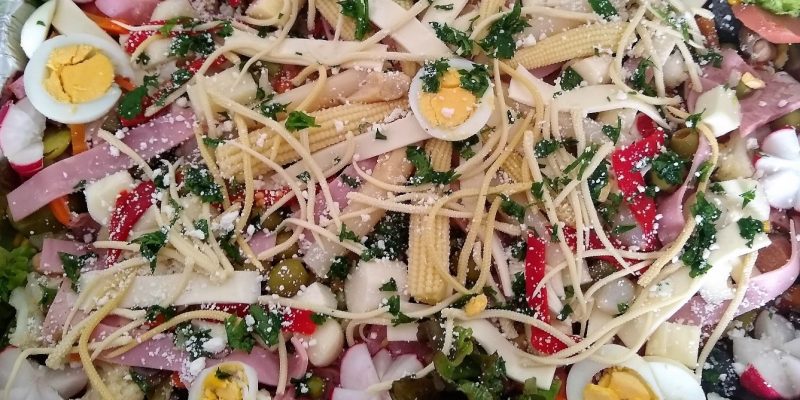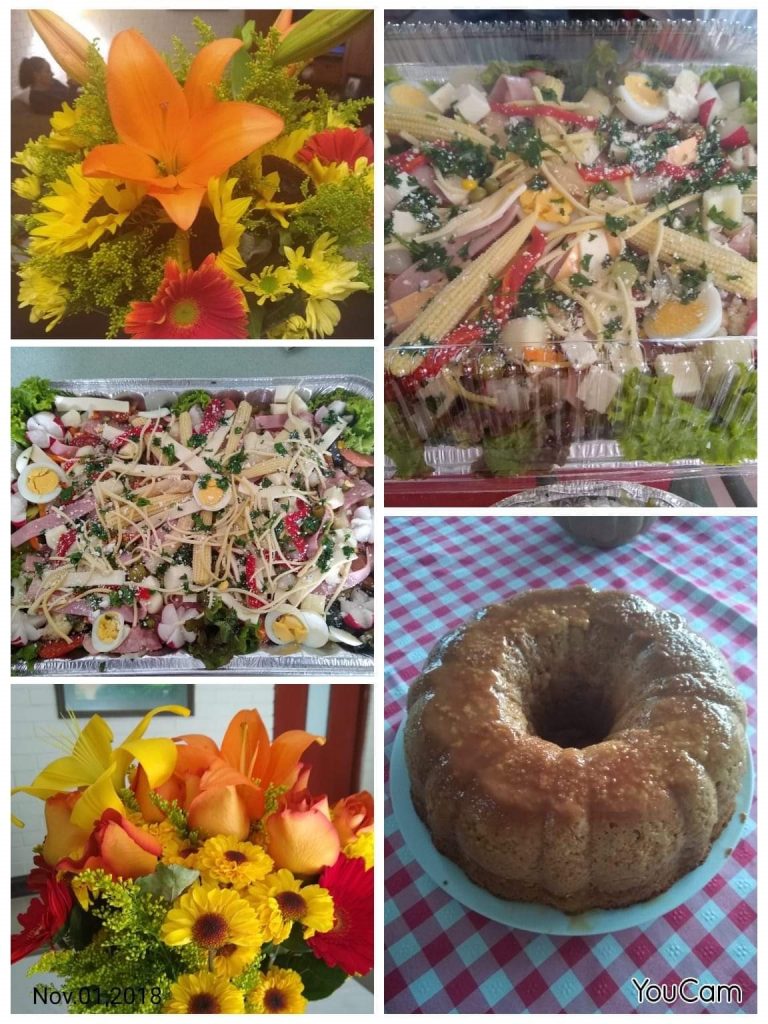Guatemala City Restaurants
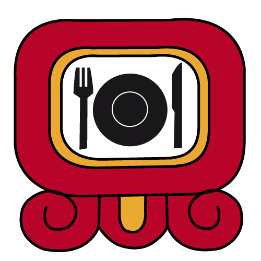
(Guatemalan food)
Where is the best place to eat Guatemalan food? There are a few very nice restaurants in Guatemala City where you can enjoy delicious meals from the national kitchen: Guatemalan food is a fusion of Maya, Hispanic, Sephardi, and Caribbean cultures, with German and Mexican influences. Guatemalan´s favorite food in general is the grilled steak, which is why you will find a large amount of steak houses all over the city. Another favorite is ceviche; Guatemalans love ceviche but we recommend you not to eat this food on the street, as it is seafood.
A favorite snack is “chicharrones”. (pork skin) with corn tortilla and “chojin”, that is a chopped radish salad served as topping to the chicharrones. Tortillas with chicharrones are accompanied by fried onions and fried jalapeño chillies, guacamole, etc.
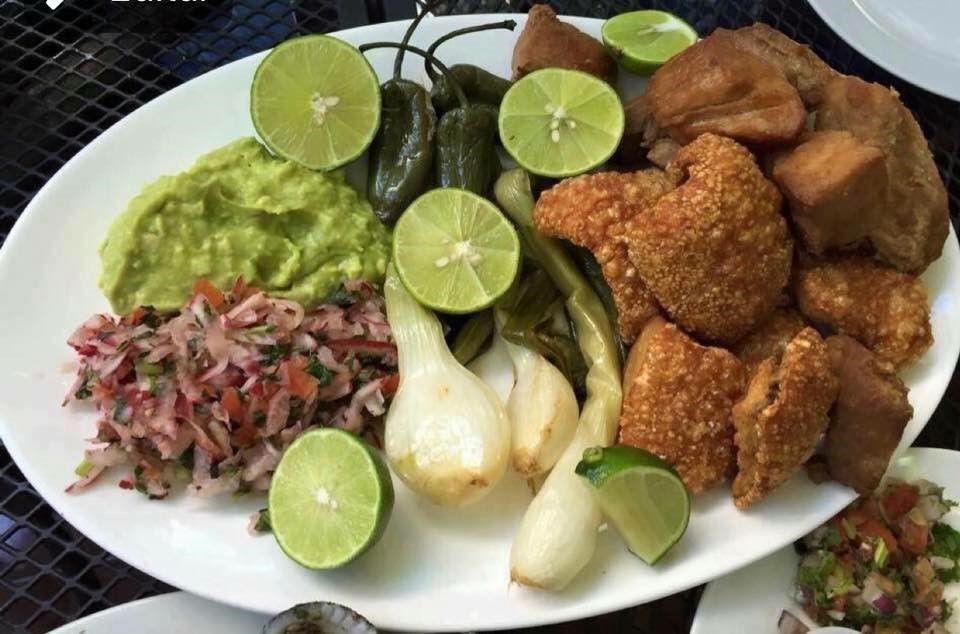
GUATEMALAN RESTAURANTES IN HISTORIC DOWNTOWN
ZONE 1
PAN AMERICAN HOTEL
Pan American Hotel is located in the heart of the historic downtown, near the Plaza Mayor, between 5th and 6th. avenue and 9th. Street of zone 1.
The building was, until 1942, the Hotel Astoria and this beautiful hotel is one of the many witnesses of the changes that have occurred in Guatemala City. The elegance of the Pan American Hotel is reflected in the structure of the hotel with the geometric beauty of art deco. Inside is decorated with indigenous motifs, textiles and handicrafts, furniture that evoke the colonial era and photos of the place across more than a century of existence, witnessing the cultural evolution of Guatemala. The setting is harmonized with piano and marimba music in special events, and the entire hotel is decorated with candles and flowers. Its midday buffet makes available the flavors of Guatemalan cuisine.
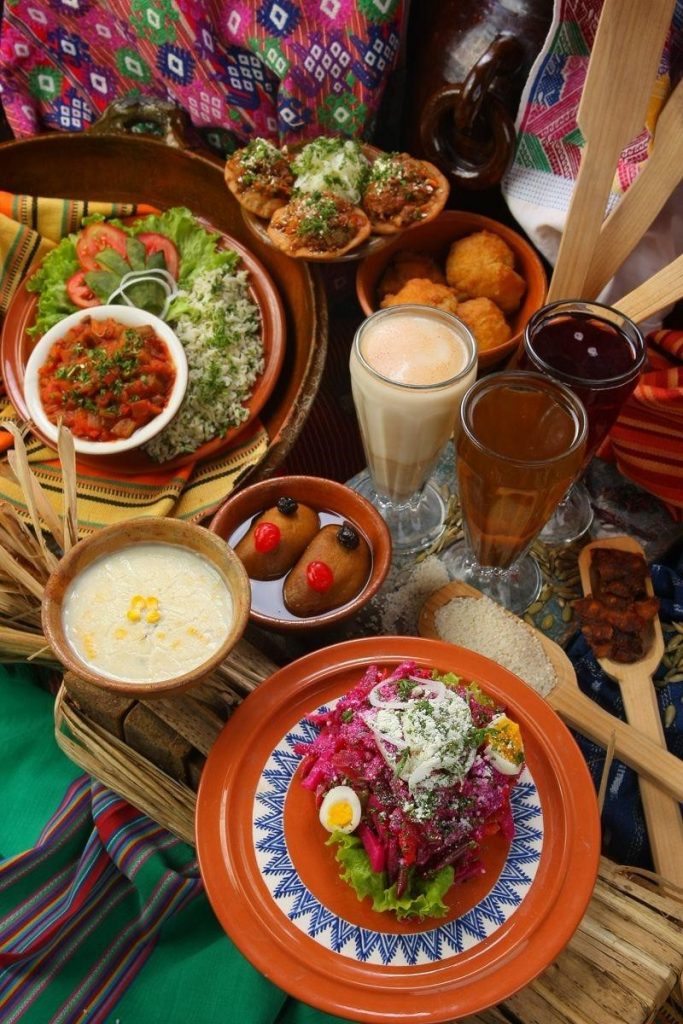
The purpose of this place is to provide the visitor with a historic atmosphere and a nostalgic sense of the old times, when the city was called the “Silver cup”. Its staff wear beautiful regional costumes and at the entrance of the restaurant, you will find a young woman who prepares corn tortillas in a traditional way. There is a variety of Guatemalan native dishes that its menu offers, from appetizers, main courses, desserts to natural soft drinks and the great coffee that has made the country famous throughout the world.
CENTRAL MARKET
In the heart of the Historic Center of Guatemala City is the Central Market, which since the end of the 19th century is “The place” where traditional Guatemalan cuisine is prepared at very affordable prices, dishes like chopped radish with pork rind served in hot corn tortillas; rolled pork head and vinaigrette legs accompanied by corn tortillas, special dressings, desserts and drinks. Some dishes are only prepared on special occasions, but others are available all the time.
The theme of these places is that they offer food on foot since they follow the concept of fast food for consumption and not a restaurant experience. However, you can sit in the “comedores” at the market and enjoy a nice hot chicken soup, while some musical groups perform near the diners.
Some of the Guatemalan food that you can order in the Central Market are:
- Pepian (chicken mole)
- Caldo de Gallina (Chicken soup)
- Patitas a la vinaigrette (Pickled pork muscles and lower legs)
- Tortillas con chicharron y chojin (Radish with pork rind in a corn tortilla)
- Revolcado (rolled pork head)
- Tostadas de guacamol (fried tortilla with guacamole)
- Tacos de papa (rolled up tacos stuffed with potato)
- Dobladas (fried tortillas stuffed with meat)
- Caldo de res (Vegetable meat boullon with vegetables)
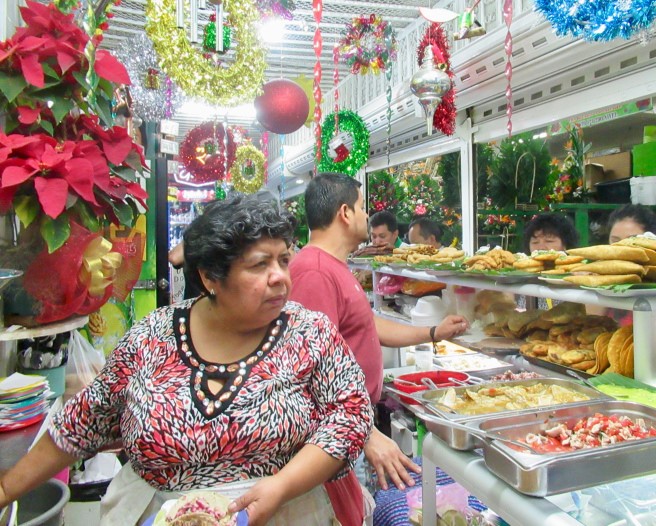
BAR EL PORTAL:
Known as “El portalito”, this is a nostalgic bar located in Pasaje Rubio, inside Portal del Comercio around the Plaza mayor. This bar is famous for its “chibolas” (tap beer in a large round glass) and for its “mojitos”.
Back in the 50´s Che Guevara used to come to this place for a drink; many intellectuals have also used the “portalito” as headquarters.
This old-fashioned bar with an excellent service will transport you to the past, not just for its old-fashioned decor but for its overall atmosphere. Live music is available usually at midday.
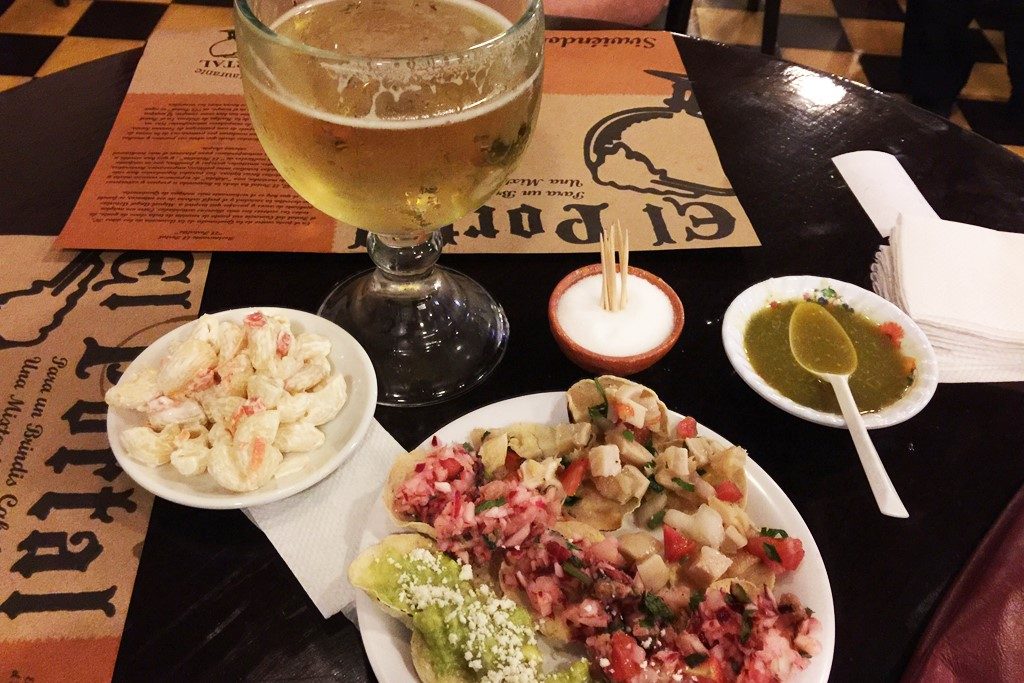
Photo by: Fresita la Hada, (nomada.gt)
ARRIN CUAN
Arrin Cuan, is recognized by Guatemalans and tourists that enjoy different dishes from the Guatemalan kitchen. One of the goals of this restaurant is to highlight the Guatemalan gastronomic heritage and share with national and foreign tourists, the great multicultural value that Guatemala has.
Since 1995, Arrin Cuan won three awards at the International Gastronomic Festival that is celebrated annually in Guatemala. Currently, Arrin Cuan offers 40 different typical dishes to their visitors.
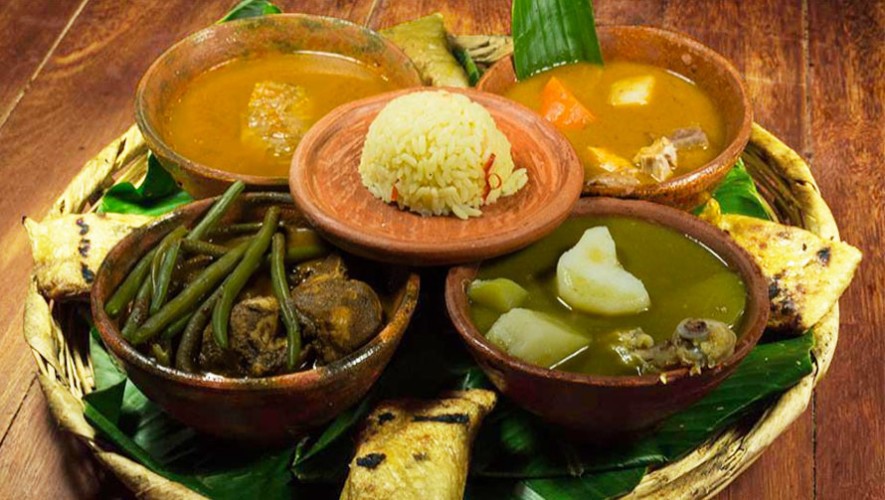
ARRIN CUAN
Arrin Cuan. is familiar to Guatemalans and tourists that want to enjoy different dishes from the Guatemalan kitchen. The main goal of the restaurant is to highlight Guatemalan gastronomic heritage and share with national and foreign tourists the great multicultural value that Guatemala has.
Since 1995, Arrin Cuan has won three awards in the International Gastronomic Festival that is celebrated annually in Guatemala. Currently, Arrin Cuan offers 40 different typical dishes to their visitors
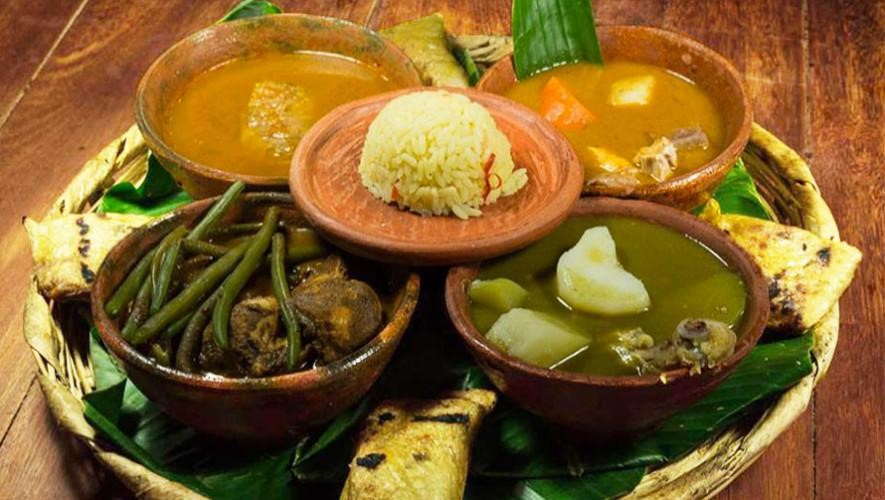
OTHER GUATEMALAN RESTAURANTS IN HISTORIC DOWNTOWN:
ADOBE
7a. Avenida 9-45 Zona 1
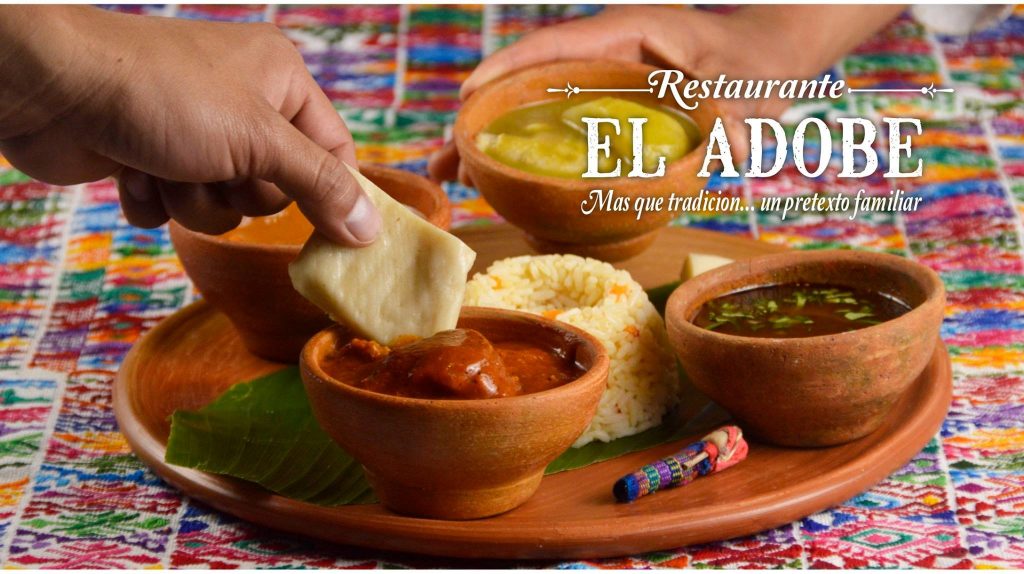
LA COCINA DE LA SEÑORA PU
6ª. Ave A. 10-16 zona 1
Sunday closed,
http://www. Senorapu.com
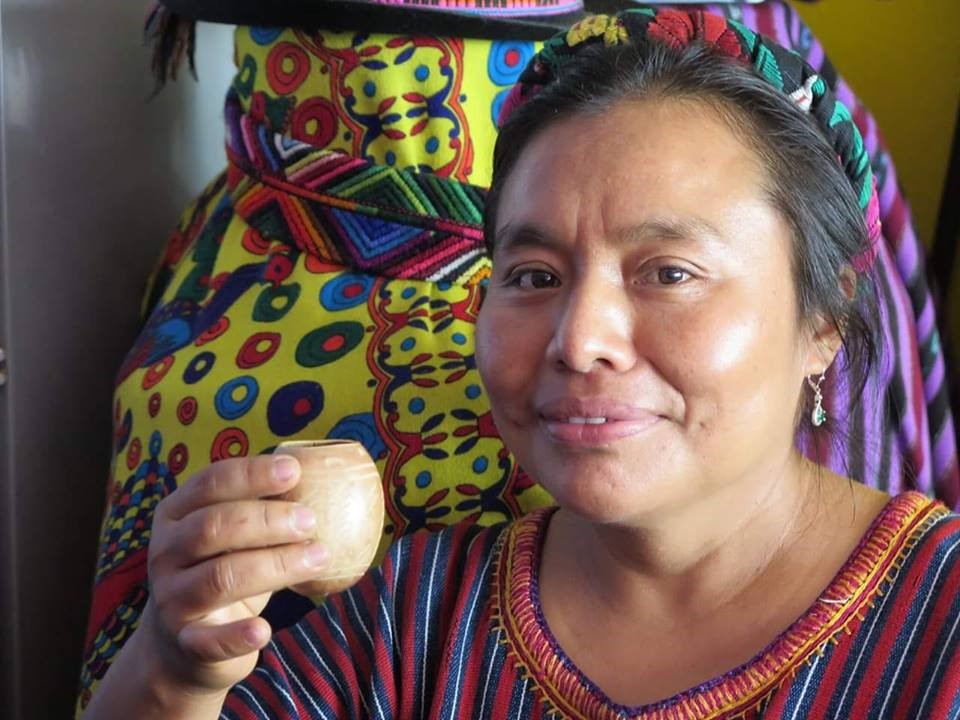
GUATEMALAN RESTAURANTS IN ZONA VIVA
ZONE 10
KACAO
2ª ave. 13-44 zona 10.
Website: http://www.kacao.gt
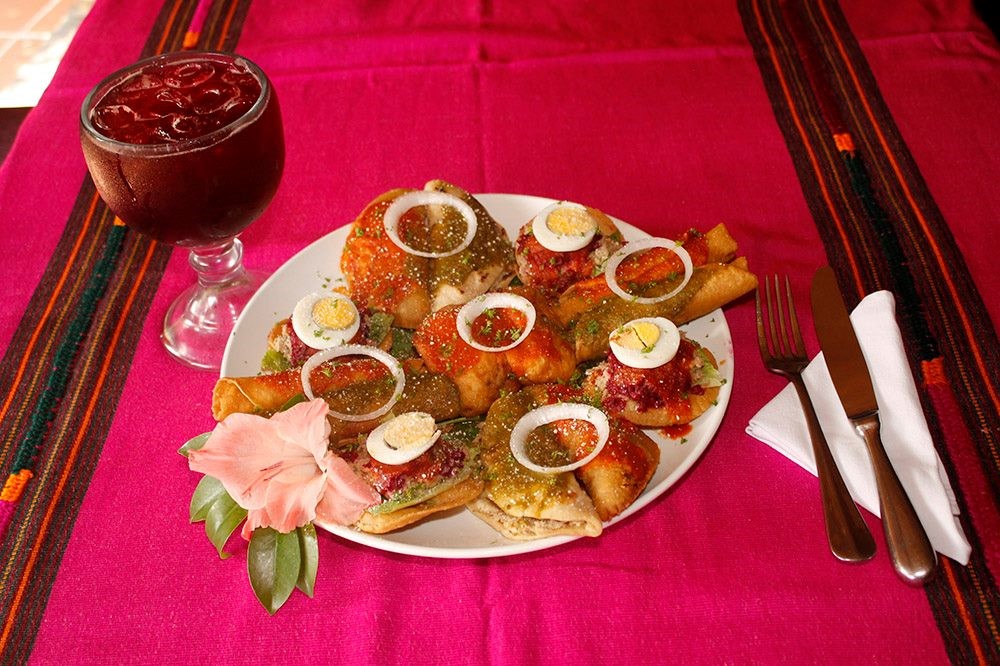
CASA CHAPINA
1a. Avenida 13-42 zona 10
http://www.restaurantecasachapina.com
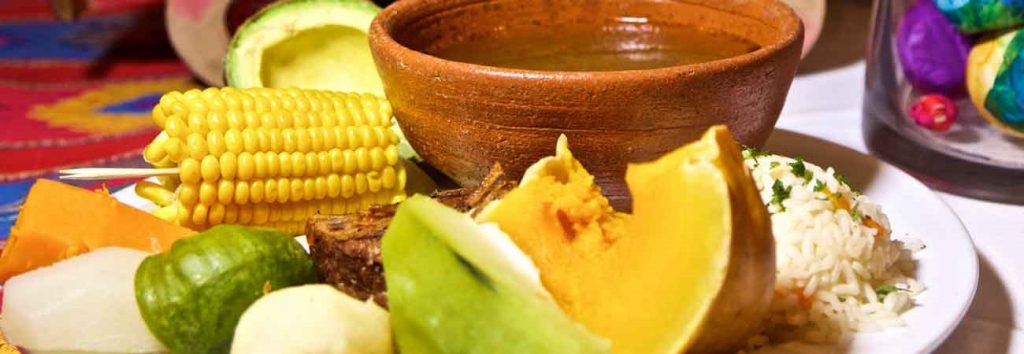
STEAK HOUSE HACIENDA REAL
5a. avenida 14-67, zona 10
Tel. 23808383
http://www.haciendareal.net/gt/
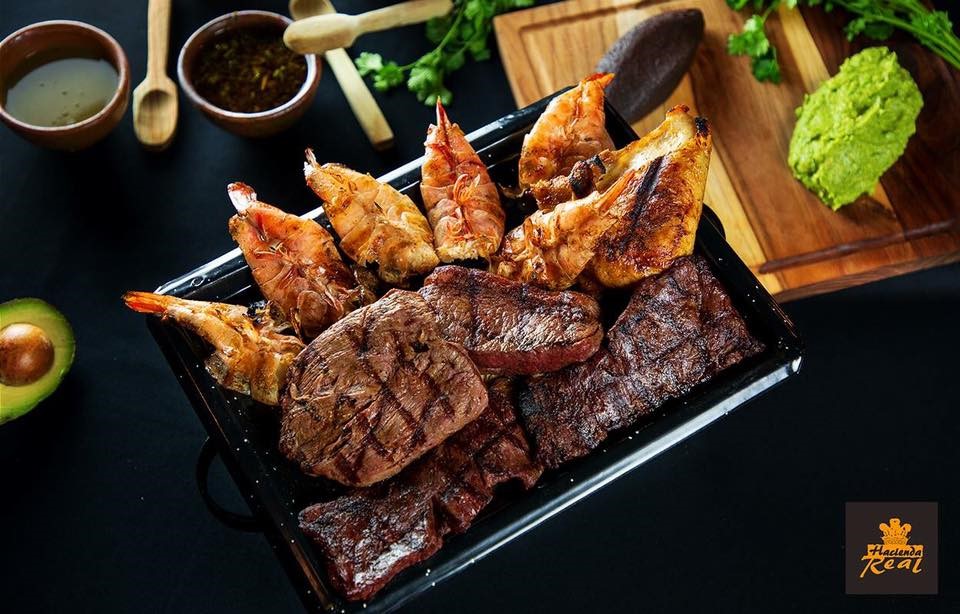
Useful tip: This steak house has a free shuttle, hotel-restaurant-hotel, if you make your reservation and request this service.

